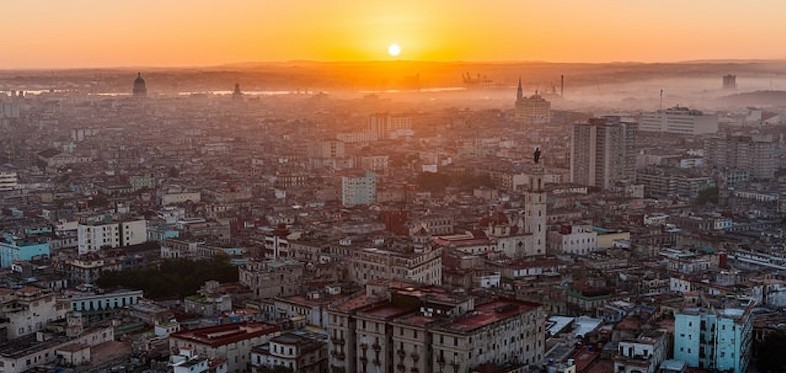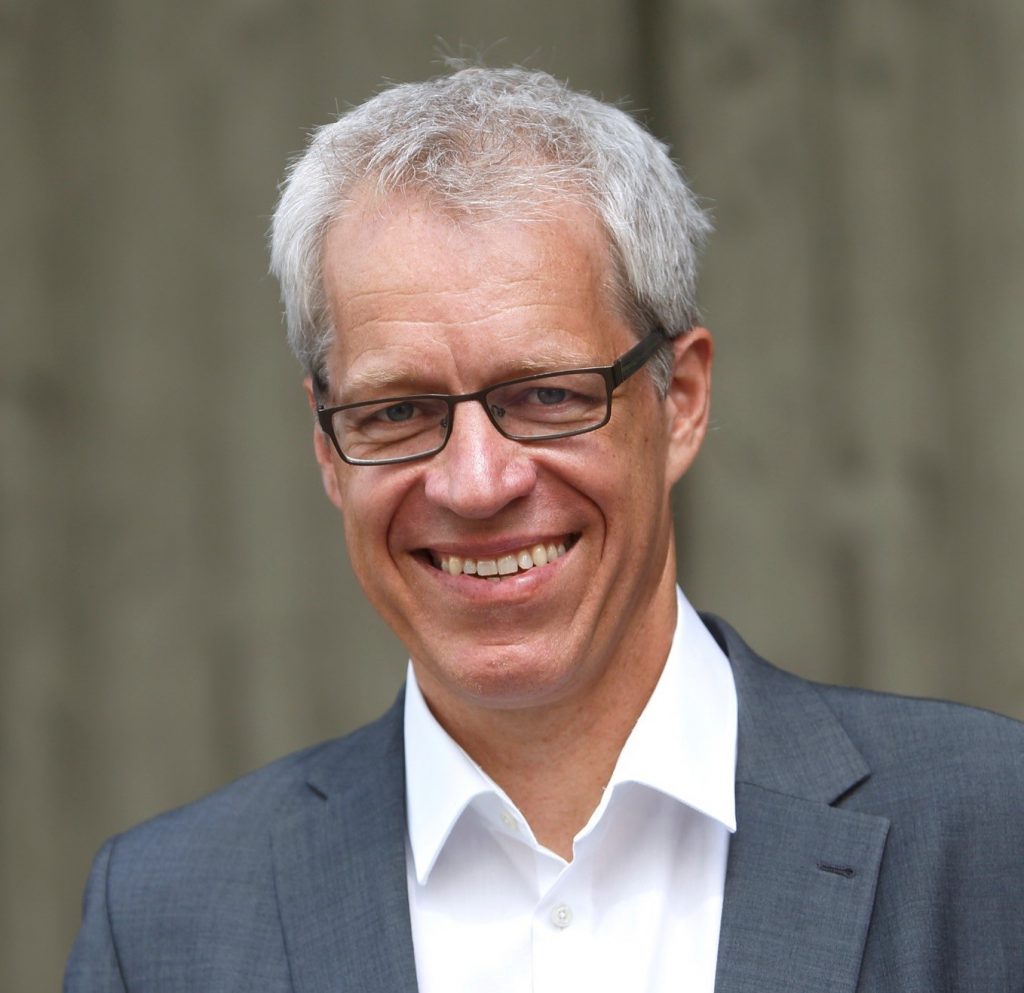Cuba’s Slow Motion Glasnost
As diplomatic relations between Havana and Washington thaw, pressure for reform within Cuba is mounting. But just how far will political change in the country go and how will this affect US-Cuban relations?
On 20 July, the US Embassy in Havana officially reopened, marking the culmination of the policy of détente begun in December 2014. Although the trade embargo remains, for the most part, in place – it can only be lifted by Congress and not the president – perceptions of the US as a hostile force in Cuba are changing, and fast. But is the diplomatic thaw likely to be reflected in greater openness to economic reform, or increased scope for participation and diversity of opinion within the country?
In 1961, at the height of the Cold War, Washington cut diplomatic ties with Cuba. The revolutionary government in Havana declared its “socialist character”, and found a powerful ally in the USSR. This was the beginning of a long period of seemingly irreconcilable enmity between Castro’s Cuba and the US. Cuban emigrants settling in Florida and New Jersey formed an influential lobby which, together with the conservative establishment in Washington, would continue to fuel anti-Castro sentiment in the US for two and half decades after the end of the Cold War.
While the embargo policy adopted by Washington dealt a major blow to the Cuban economy, in political terms the rivalry with the US proved to be an invaluable source of stability. For over half a century, every conflict on the domestic front could be framed as part of the larger battle between Cuba and the enemy abroad. More than any of the teachings of Marx or Lenin, this rivalry provided crucial legitimation for Cuba’s single-party state. There could only be one party, as any others would be exploited by the forces of imperialism to destroy the revolution. Opponents of the regime were labelled mercenaries of the US; dissenters were condemned as a “fifth column”. Pluralism in the media was unthinkable: in the war with the US, the ranks needed to be kept tightly closed.
Limited reforms rather than regime change
In this light, the easing of international tension now presents the government in Havana with significant domestic challenges. As pressure from abroad decreases, expectations of increased freedoms at home are growing among the population. Accordingly, the government must tread a very narrow path: on one hand, it is anxious to avoid any appearance of losing control, and firmly rejects any suggestion of democratisation in the form of a political regime change. On the other, Fidel Castro’s successor, Raúl Castro, and his administration are seeking to establish a discourse of reform which goes beyond economic issues and promises a limited, gradual process of change extending into the political and social arena.
Visible signs of this “slow-motion glasnost” include the government’s announcement, in late February, of a reform of Cuba’s electoral system. Even though the move is clearly not intended to bring about free elections in the western sense, the debate sparked by the announcement was remarkable. When the Communist Youth newspaper set up an online forum on the issue, political demands were made with a forthrightness which would have been inconceivable in the past, ranging from direct election of the head of state and clear separation of the executive and legislative branches to an open call for a multi-party system.
Public Wi-Fi but no independent demonstrations
A further example is access to the internet. In this regard, Cuba is the most restrictive country in the continent. The measures enacted by President Obama last December include access to the Cuban market for US internet companies. In spite of its concerns about ideological infiltration, the Cuban government did not react with harsher restrictions, but instead took further steps towards a gradual increase in openness. In late June, a number of public Wi-Fi access points were set up in the Cuban capital, and the prohibitively high access costs were lowered. What is more, a leaked government development plan provides for continued expansion of broadband connections in the coming years.
As far as the state-run media is concerned, signs of greater permissiveness in relation to critical reporting remain few and far between. Meanwhile, however, numerous digital publications have arisen in the public domain which overstep the traditional limits of the Cuban media landscape by a wide margin. These publications exist in a legal grey area, but are tolerated in practice.
How far this gradual “opening up” can go remains to be seen. The government has made it very clear that independent demonstrations in public remain forbidden, and a critical performance planned by artist Tania Bruguera following the historic announcement by Raúl Castro and Barack Obama in late December 2014 in the Plaza de la Revolución was shut down before it even began.
In economic terms, political reconciliation with the US has brought immediate benefits. The number of visitors to the country alone rose by more than 20 percent in the first half of 2015 compared to the previous year, primarily as a result of the suspension of travel restrictions for US citizens. Thawing relations have also made the country suddenly more attractive to investors. Many companies have come to regard the trade embargo as a lame duck, believing it to be only a matter of time until it is eroded or abolished altogether. Meanwhile, the restoration of trade with the US market would greatly improve the economic outlook of what is currently Cuba’s largest investment project, a deep sea port with a free trade zone in Mariel, to the west of Havana.
Pace of reforms remains slow
Although economic indicators appear to amply support the growth forecast of 4 percent for 2015, reforms are proceeding at only a modest pace. The long-announced monetary reform in particular, designed to do away with the island’s dual currency – the Cuban Peso (CUP) co-exists with the “convertible Peso” (CUC), introduced as a replacement for the US dollar – is still no closer to being implemented. According to the analyses of the Bertelsmann Stiftung’s Transformation Index (BTI), this dual system is a major culprit of the government’s repeated failure to reconcile conflicting economic goals. Accordingly, the elimination of the dual currency is among the greatest challenges faced by Cuba on its reform path. However, efforts to reform state-owned companies and create opportunities for small enterprises are making equally slow progress.
Political concerns are undoubtedly a factor in this regard. The new growth sectors are focused primarily on urban, mostly “white” Cubans with access to US dollars through relatives living in the US. What is more, the partial openness and the as yet shaky legal basis of the new market players provide the current elites with privileged opportunities to convert their political status into economically lucrative positions. Conversely, real earnings in the state sector, including education and health, remain extremely low. As a result, a new form of material inequality is taking hold in Cuba, eroding the social foundations of the socialist state. Against this backdrop, Raúl Castro’s government appears more intent on using the diplomatic thaw with the US to boost tourism and foreign investment than to accelerate domestic reforms.
Translation from German: Solomon Wright
Bert Hoffmann is a political scientist at the GIGA German Institute of Global and Area Studies, Hamburg, and Professor at Freie Universität Berlin. A leading authority on Cuba, he is one of around 250 country experts currently working on the seventh edition of the Bertelsmann Transformation Index (BTI), to be published in January 2016.
Related BTI
Study: BTI 2014 Report
Political Management in International Comparison

